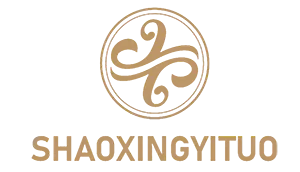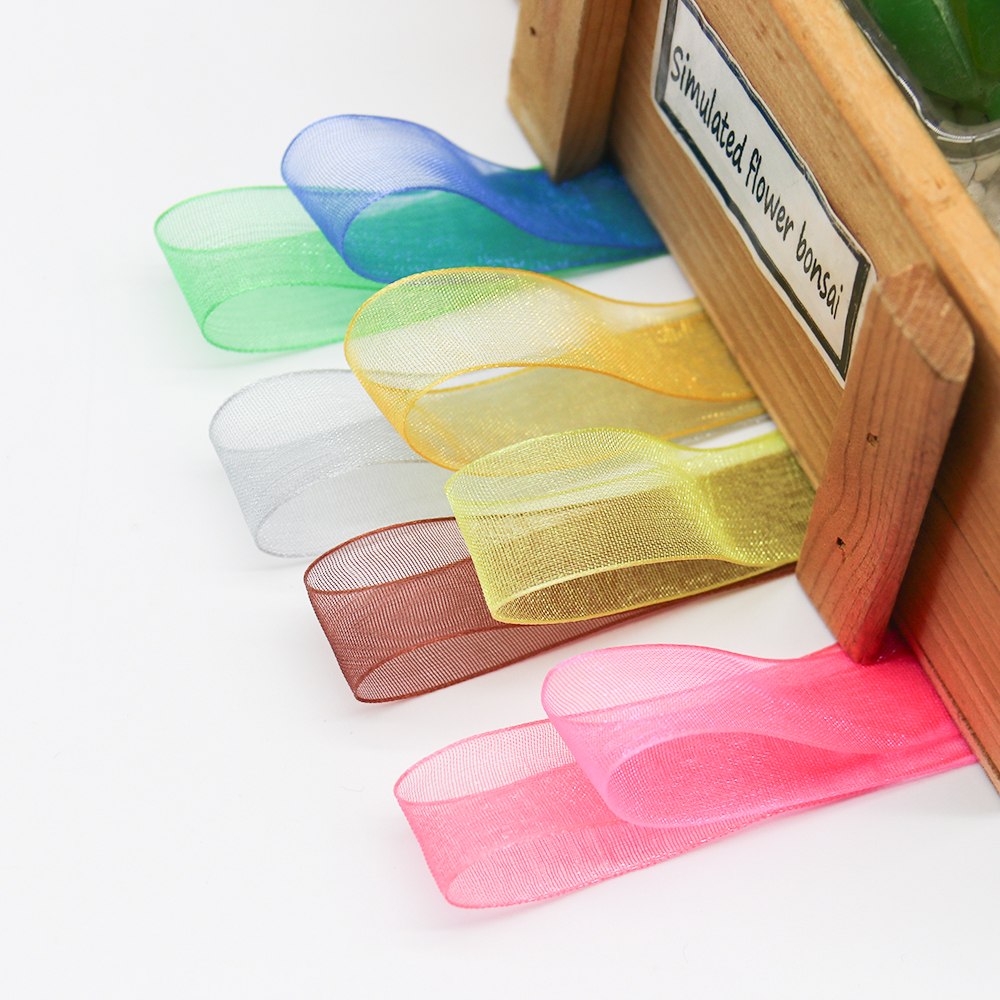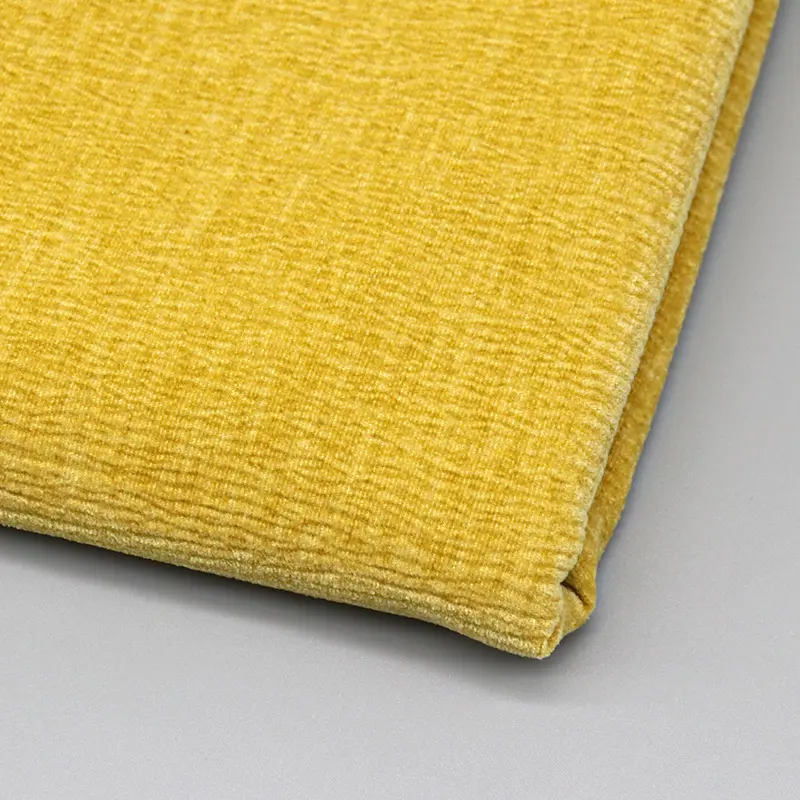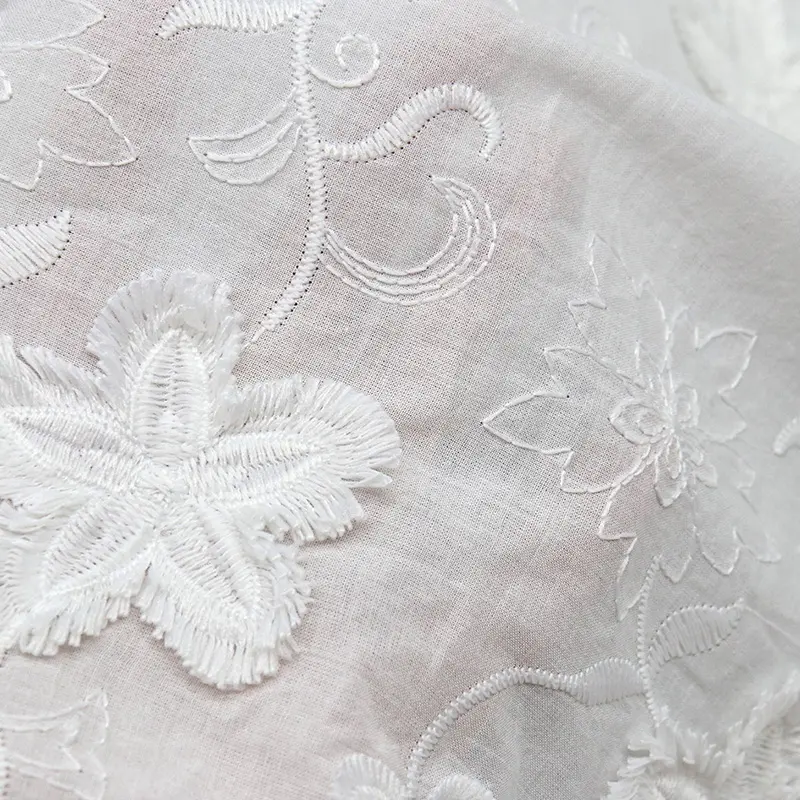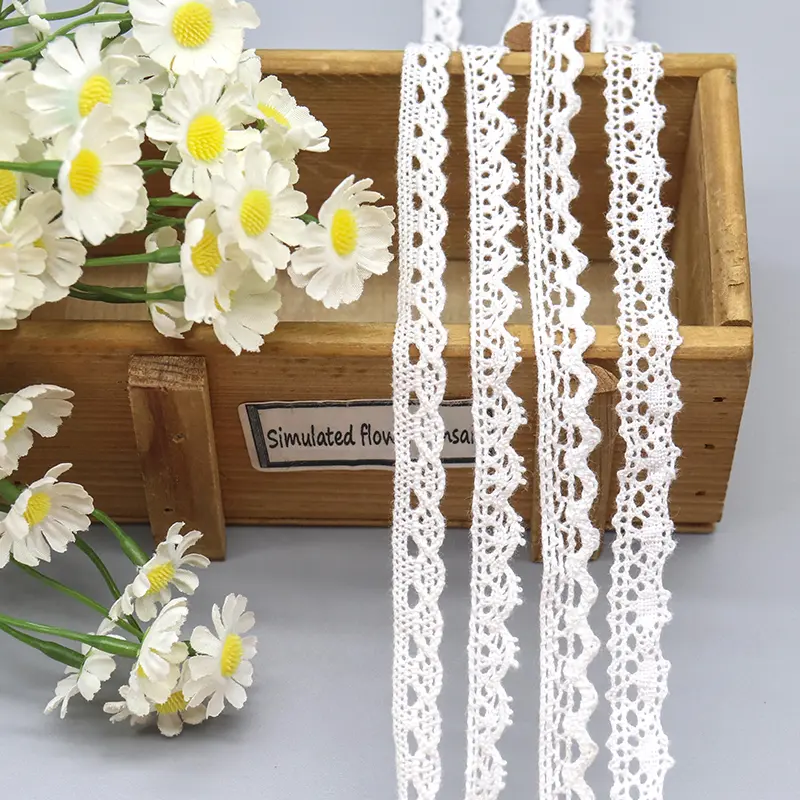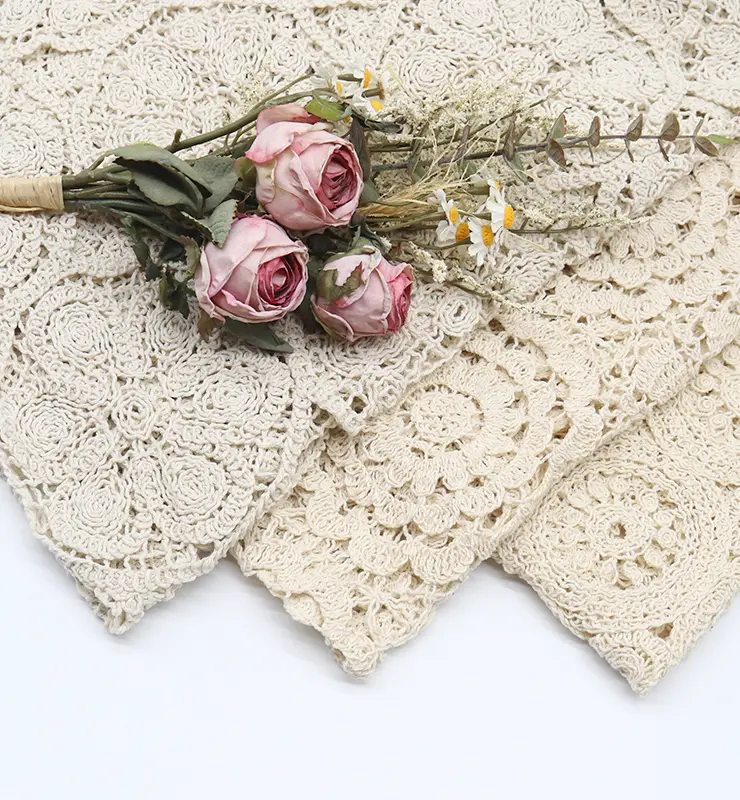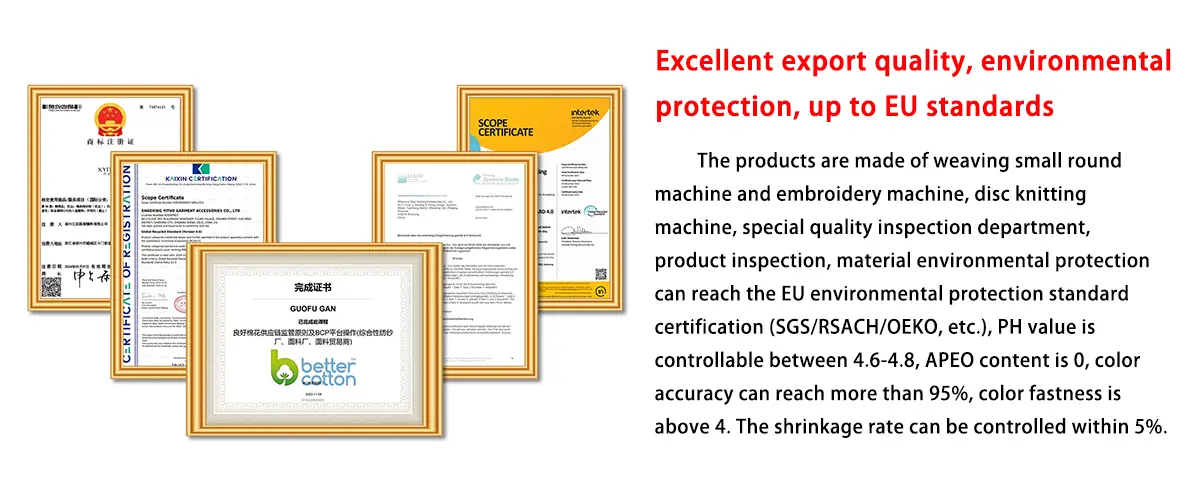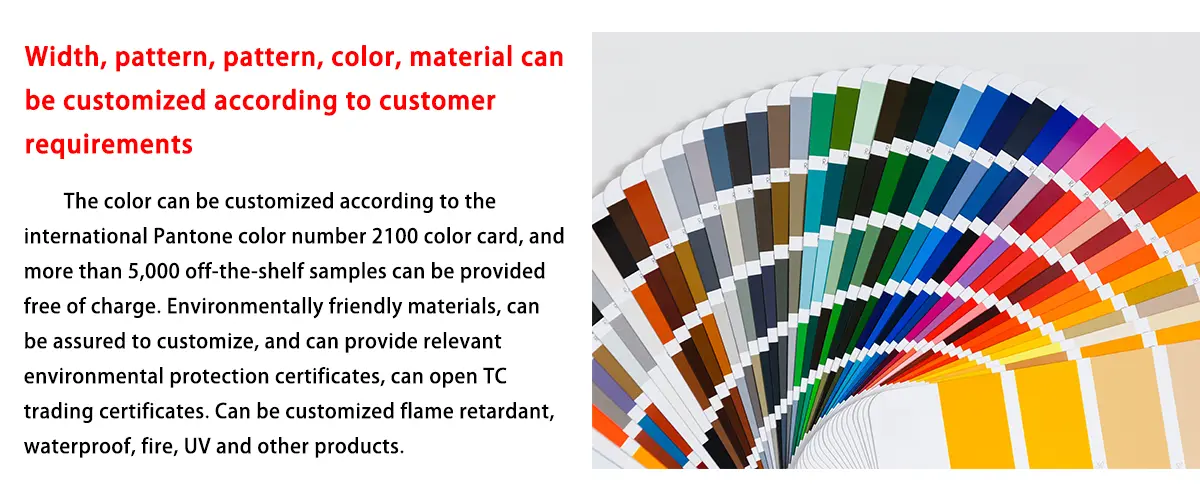What is the difference between chenille embroidery and regular embroidery?
When choosing an embroidery method, are you finding it hard to decide between chenille embroidery and regular embroidery? Both can add unique charm to Fabrics, but they differ significantly in texture, uses, and cost. Chenille embroidery is known for its plush, velvety feel, while regular embroidery is characterized by clear, detailed stitching. This article will compare the differences between the two from multiple perspectives, helping you find the most suitable embroidery method, whether for fashion, home decor, or custom products.
Table of Contents

What is the Use of Chenille in Embroidery?
Chenille, meaning “caterpillar” in French, is used in embroidery to create a soft, fuzzy, three-dimensional texture. It’s perfect for bold designs like patches for varsity jackets, logos, or decorative accents on home textiles such as pillows and upholstery. Its plush look adds a tactile, luxurious feel, ideal for retro or cozy aesthetics.
Key Uses:
-
Sports patches and apparel logos.
-
Textured home decor like cushions or curtains.
-
Custom designs with a bold, velvety appearance.
Can an Embroidery Machine Do Chenille?
Yes, but it typically requires a specialized chenille embroidery machine or an attachment for standard machines. Brands like Tajima or Brother offer models with chenille capabilities, using a looping stitch to achieve the fuzzy effect. Standard machines may struggle with chenille yarn’s thickness, so verify compatibility or opt for a dedicated setup.
What is Chenille Embroidery Thread?
Chenille embroidery thread is a thick, fuzzy yarn made from cotton, polyester, or blends, known for its velvety, caterpillar-like texture. Unlike standard threads, it creates a plush, raised surface, ideal for bold designs but less suited for intricate details due to its bulk.
Characteristics:
-
Soft, fuzzy pile for a 3D effect.
-
Available in vibrant or muted colors.
-
Heavier (12–15 weight) than typical embroidery threads.
What is the Difference Between Hand Embroidery and Free Machine Embroidery?
-
Hand Embroidery: Performed manually with a needle and thread, offering precision for detailed designs. Chenille hand embroidery is uncommon due to the yarn’s thickness, which is hard to manipulate by hand.
-
Free Machine Embroidery: Uses a sewing machine with a free-motion foot for faster, fluid designs. It’s better suited for chenille, as machines handle thick yarns effectively, creating consistent loops for the fuzzy texture.
What is the Difference Between Embroidery and Chenille?
-
Embroidery: A general term for decorating fabric with needle and thread, using techniques like satin or running stitches for precise, flat designs across various threads.
-
Chenille: A specific embroidery technique using thick, fuzzy yarn to create a plush, 3D effect. It’s a subset of embroidery, best for bold, textured designs like patches but less versatile for fine patterns.
Comparison: Standard embroidery creates crisp logos; chenille delivers fuzzy, standout patches.
What Material is Best for Machine Embroidery?
The best material depends on your project:
-
For Chenille Embroidery: Heavy fabrics like denim, canvas, or twill support the thick yarn’s weight. Avoid thin fabrics like silk, which may tear.
-
For General Machine Embroidery: Medium-weight fabrics like cotton, polyester blends, or stabilized knits are versatile and durable. Use stabilizers (tear-away or cut-away) to prevent puckering.
Is Chenille Easy to Sew?
Sewing chenille is moderately challenging due to its thick, fuzzy nature:
-
Machine Sewing: Requires a heavy-duty needle (90/14 or 100/16) and a machine suited for thick yarns. Adjust tension to avoid snagging.
-
Hand Sewing: Difficult due to chenille’s bulk, needing strong needles and patience.
What Size Needle for Chenille?
For chenille embroidery, use a 90/14 or 100/16 needle for machine sewing to handle the yarn’s thickness without breaking. For hand sewing, opt for a heavy-duty embroidery needle (size 1–3) to pierce thick fabrics and yarn. Test on scrap material to ensure smooth stitching.
What is the Strongest Embroidery Thread?
Polyester embroidery thread is the strongest, offering high tensile strength and resistance to fading, abrasion, and chemicals. Brands like Madeira or Isacord are top choices. For chenille, polyester-based chenille yarn is more durable than cotton, resisting fraying better.
Comparison:
-
Polyester: Strongest, ideal for high-wear items like uniforms.
-
Cotton: Softer but less durable, suited for decorative pieces.
-
Rayon: Vibrant but weaker, prone to breaking under stress.
Are There Different Types of Chenille?
Yes, chenille varies by material and construction:
-
Cotton Chenille: Soft and natural, ideal for decorative items but less durable.
-
Polyester Chenille: Stronger, fade-resistant, suited for high-use applications like patches.
-
Blended Chenille: Combines cotton and polyester for softness and durability.
-
Viscose Chenille: Shinier, used for aesthetic designs but less durable.
